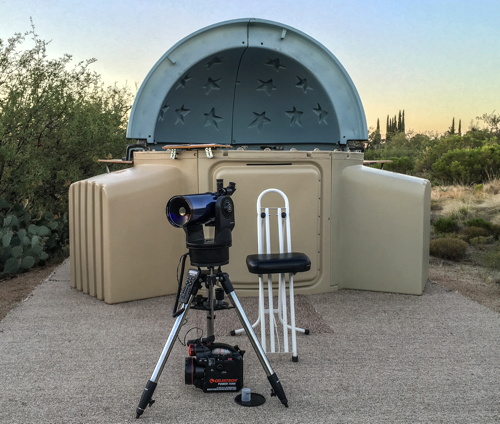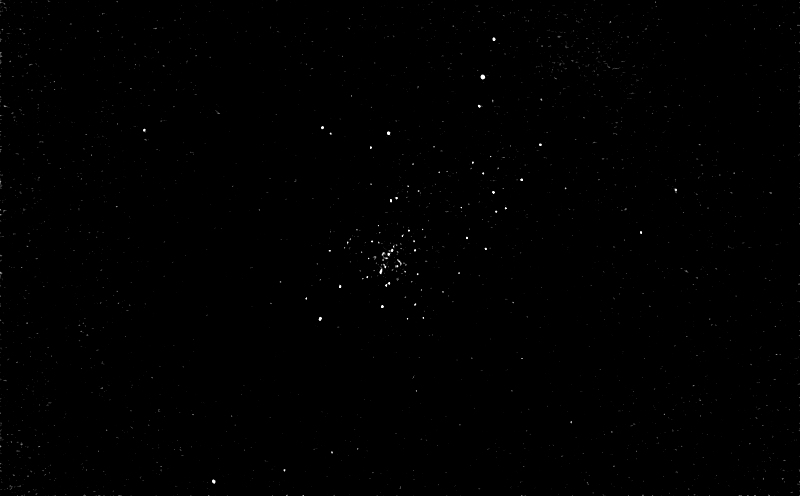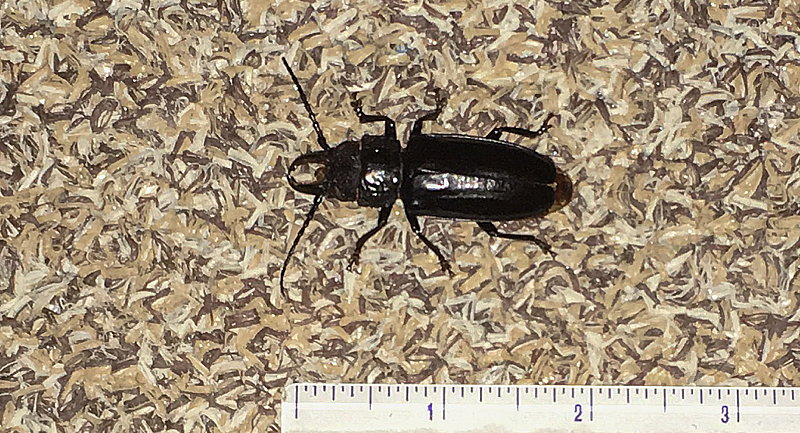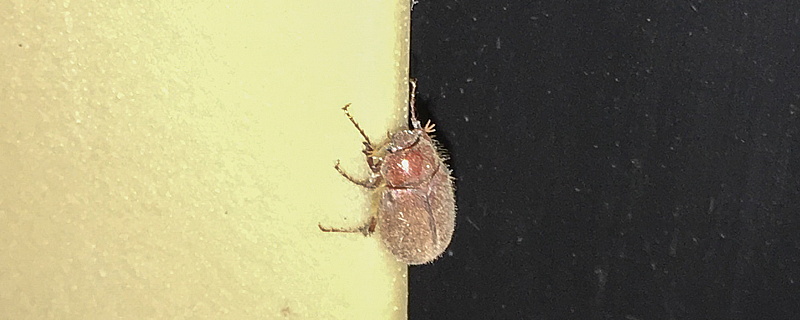Muggy/Buggy Night;
ETX-125AT Observing; iPhone M4, Saturn
Posted: 4 July 2016
On Sunday, 3 July 2016, the ETX-105 OTA (optical tube assembly) was successfully deforked from its fork mount and the LNT module was removed. I checked the clearances on the LXD55 GEM and it looks like I should be able to mount the telescope using a dovetail plate and rings. I contacted OPT with my requirements and am waiting their recommendation.
|
Open: Sunday, 3 July 2016, 1918 MST Temperature: 91°F |
Session: 991 Conditions: Mostly clear |
Equipment Used:
ETX-125AT
AutoStar #497 handset
1.25" 26mm eyepiece
1.25" 3X TeleXtender
Camera:
iPhone 6s Plus
I set up the Meade ETX-125AT on the observatory patio:

1938 MST: sunset. This was another muggy night in southern Arizona.
1951 MST: ETX ON. Did an Easy Align star alignment; selected stars were visible so no need to fake the alignment. Tweaked the finderscope alignment. GOTO Jupiter. Nice view of Jupiter at 73X. The four Galilean Moons and the Great Red Spot were visible. The view was even better at 219X.
GOTO Mars. Not a very good view at 73X, but the planet looked good at 219X with some surface details visible.
Then GOTO Saturn. Lovely view at 219X. Cassini Division and shadows were very crisp. 2006 MST: the moon Titan was visible, 219X. Titan and Rhea were visible using 73X.
Next, mounted the iPhone 6s Plus on the ETX-125AT for afocal imaging using the SteadyPix adapter. Imaged Jupiter, Mars, and Saturn at 219X using slo-mo (240 fps). Also imaged Saturn with normal video (30 fps). Saturn normal video was the best; this is a stack of 615 frames (20 seconds):

2040 MST: SYNCed the AutoStar on the star Antares and did a GOTO M4 (globular cluster). Imaged M4, afocal 73X, using the iOS app NightCap Pro (Stars mode, Light Boost, ISO 8000, 1/3sec):

2050 MST: ended imaging. Heard a loud noise inside the observatory. Checked and saw that a visitor had arrived:

In fact, nearly the entire time I was observing and imaging I was "buzzed" by lots of June bugs. Here's one that was on the observatory wall:

2101 MST: viewed M4 (globular cluster), 73X. Then viewed M20 (Trifid Nebula), M17 (Swan Nebula), and M8 (Lagoon Nebula), 73X. All were nice views with the ETX-125. Next, viewed the globular clusters M13, M92, and M56, and M57 (Ring Nebula), 73X. Good views.
2117 MST: terminated a Kissing Bug. They arrived late this year and are sticking around longer than normal.
Next, viewed the fine and colorful double star Albireo, 73X.
Viewed Epsilon Lyrae (the "Double-Double" star), 73X. The fainter components could not be separated from the brighter stars using 73X, but they were easily separated with 219X.
The last object viewed this night was M11 (Wild Duck Cluster, open star cluster), 73X. Pretty sight.
2130 MST: ETX OFF.
|
Close: Sunday, 3 July 2016, 2151 MST Temperature: 76°F |
Session Length: 2h 33m Conditions: Clear |
Comments are welcome using Email. Twitter users can use the button below to tweet this report to your followers. Thanks.
Cassiopeia Observatory Home Page
Copyright ©2016 Michael L. Weasner / mweasner@me.com
URL = http://www.weasner.com/co/Reports/2016/07/04/index.html
